Understanding Search Intent: The Key to Effective Digital Marketing
In today’s digital world, every search is an opportunity for connection with prospective customers. Yet, behind each search, is a purpose a reason behind why someone enters a specific term into a search engine. How well any kind of digital marketing strategy works largely depends on getting to the reason behind the motivations. Are these users looking purely for information or are they here to buy?
This deeper understanding of user behavior is referred to as search intent, and it’s a main factor that determines how well your content will relate to your target audience. Not making randomly picked out keywords the object of your content but targeting the exact ideas searched by your users means marketers will provide what users want, which in turn leads to higher engagement and more successful output.
What is Search Intent?
Search intent, also called user intent, is the motivation behind a search query. It shows the intent a user has in mind while entering a query into a search engine. For instance, when a person enters “how to make a cake,” they might be seeking a recipe or instruction on how to make a cake. However, when they type in “buy chocolate cake near me,” they have a different intent: to buy a cake.
Search intent is what helps businesses craft content that directly answers the user’s need as a strong preferential element toward ranking in a search engine while converting visitors into customers.
Why is Search Intent Important?
Searching intent is an elemental component of doing effective SEO or content strategy. Here’s why:
It builds a better User Experience: Where the search of a user lands them at matching content on a site, providing them with improved experiences in turning the visitors’ dwell time larger on that very site, so, lesser rate of bouncing leads to increased websites’ rankings.
Better keyword targeting: This means that you target more specific and relevant keywords as opposed to generic broad terms, which are unlikely to result in conversion.
Higher conversion rates: The more that content matches the intent of users, the more likely they are to have a goal achieve activity, whether that is to buy a product, sign up for a newsletter, or at least find more information.
Getting ahead of competition: The first and most critical factor that ensures one stays ahead of their competition is to know better than their competition how to fulfill the search intent of your target audience and get more ranking positions and subsequent traffic, leading to sales.
Types of Search Intent
Informational Intent: A user who wants to know, find out, or be told something. For example, he might ask for “how,” “why,” “what is,” or use similar words. For example, “how to bake a cake” or “what is search intent.” It is not looking to buy anything but rather seeking knowledge.
Navigational Intent: The user intent is navigational when a specific website or web page is at the forefront of their mind. They use search engines to travel to that point. For example, a navigational search will be “login to Facebook,” or “get to the main page of Amazon.” The destination is known. The user now needs help traveling to that end.
Transactional Intent: Such intent usually reflects that the person is prepared to make a buy or perform any other form of action (in the form of subscription for the service). One can look at a user’s search like this: “how to buy Nike shoes online”, or “top DSLR cameras under $500.” In those cases, he or she passes the stage of mere information-seeking and goes about decision-making.
Commercial Investigation: People who are interested in buying compare before buying. The searches tend to be of the form containing the words “best,” “top,” or “reviews.” For instance, “best laptops for students” or “top-rated electric cars” are examples of commercial investigation. The user is still making decisions but doing active research.
Search intent, as applied in the realm of SEO and digital marketing, has a huge influence on content generation in the best way to respond to the users’ needs for engagement. Knowing exactly why your target users are searching can ensure the correct presentation of information or service through content on your website to make them stick to your site.
Stay tuned to the subtleties of search intent–that underpins all the above strategies and will continue to be one of the biggest reasons your online presence stays relevant and effective as the digital landscape evolves.
Enquiry
Recent Updates
- 12 February 2025
- 12 February 2025
- 12 February 2025
- 12 February 2025
- 12 February 2025







